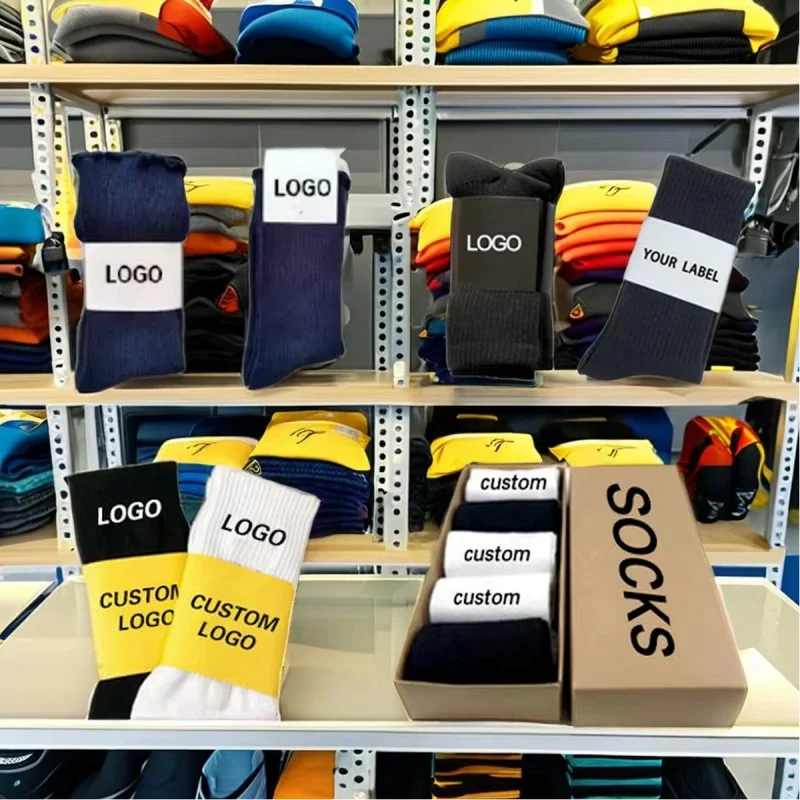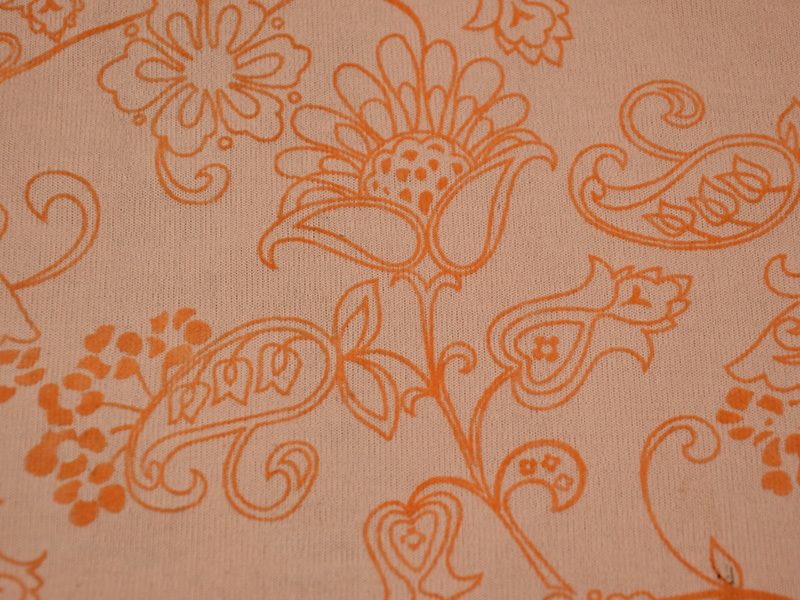When it comes to athletic wear, outdoor gear, or even everyday clothing, the choice of fabric can significantly impact comfort and performance. One of the most sought-after qualities in these fabrics is moisture-wicking capability. But what exactly does this mean, and which fabrics excel in this area? In this article, we will delve into the science of moisture-wicking fabrics, explore the best materials available, and provide insights on how to choose the right fabric for your needs.
Understanding Moisture-Wicking Technology
Moisture-wicking fabrics are designed to draw sweat away from the skin and transfer it to the outer surface of the fabric, where it can evaporate more easily. This process not only keeps the wearer dry but also helps regulate body temperature, making it essential for athletes and anyone engaged in physical activities. The effectiveness of moisture-wicking fabrics is determined by their fiber composition, weave structure, and finish.
Key Characteristics of Moisture-Wicking Fabrics
- Hydrophilic vs. Hydrophobic Properties:
- Hydrophilic fibers (like cotton) absorb moisture, which can lead to a damp feeling against the skin.
- Hydrophobic fibers (such as polyester and nylon) repel moisture, allowing sweat to be pulled away from the skin.
- Breathability:
- Fabrics that allow air circulation help in evaporating moisture quickly, enhancing comfort during physical exertion.
- Quick-Drying:
- The ability of a fabric to dry rapidly after being wet is crucial for maintaining comfort and preventing chafing.
- Durability:
- High-quality moisture-wicking fabrics should withstand repeated washing and wear without losing their properties.
Top Fabrics for Moisture Wicking
- Polyester:
- Polyester is one of the most popular moisture-wicking fabrics due to its hydrophobic properties. It effectively pulls moisture away from the skin and dries quickly. Additionally, polyester is lightweight, durable, and resistant to shrinking and stretching, making it ideal for athletic wear.
- Nylon:
- Similar to polyester, nylon is another synthetic fabric known for its moisture-wicking capabilities. It is incredibly strong and elastic, providing a comfortable fit. Nylon also has a soft texture, making it suitable for both activewear and casual clothing.
- Merino Wool:
- While wool is often associated with warmth, merino wool is a unique variant that excels in moisture management. It can absorb moisture without feeling wet, and its natural fibers help regulate temperature. Merino wool is an excellent choice for outdoor activities in varying weather conditions.
- Bamboo Fabric:
- Bamboo-derived fabrics are gaining popularity for their eco-friendliness and moisture-wicking properties. Bamboo fibers are naturally breathable and have antibacterial qualities, making them suitable for activewear and undergarments.
- Tencel (Lyocell):
- Tencel is a sustainable fabric made from wood pulp. It has excellent moisture-wicking properties and is known for its softness and breathability. Tencel is also biodegradable, making it an environmentally friendly option.
Choosing the Right Fabric for Your Needs
When selecting moisture-wicking fabrics, consider the following factors:
- Activity Level: For high-intensity activities, opt for synthetic fabrics like polyester or nylon, which offer superior moisture management. For moderate activities or casual wear, merino wool or bamboo may provide the comfort and breathability you need.
- Weather Conditions: In cooler climates, merino wool is ideal for its insulation and moisture-wicking properties. In hot and humid conditions, lightweight polyester or nylon will keep you dry and comfortable.
- Personal Sensitivities: If you have sensitive skin, consider fabrics like bamboo or Tencel, which are soft and hypoallergenic.
- Environmental Impact: If sustainability is a priority for you, look for eco-friendly options like bamboo or Tencel, which have a lower environmental footprint compared to traditional synthetic fabrics.
Conclusion
Choosing the right moisture-wicking fabric can make a significant difference in your comfort and performance during physical activities. By understanding the properties of various materials and considering your specific needs, you can select the best fabric to keep you dry, comfortable, and ready for any challenge. Whether you’re an athlete, an outdoor enthusiast, or simply someone who values comfort in everyday wear, investing in high-quality moisture-wicking fabrics is a decision you won’t regret.

